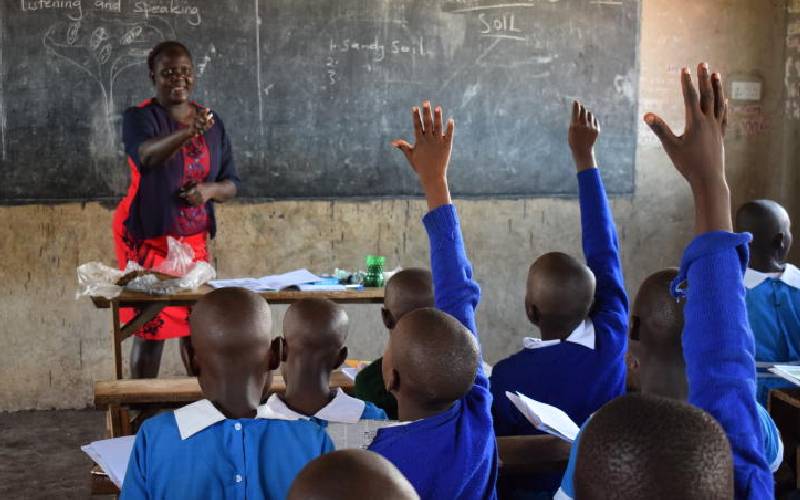
Ms Evaline Ogesa, a teacher at Shauri Yako Primary school in Homa Bay town teaches grade four pupils agriculture on January 10, 2020. [James Omoro, Standard]
We know from research, practice, and even personal experience that teachers who receive high-quality, ongoing support teach more effectively. Specifically, one-to-one coaching, with the help of high-quality pedagogical leaders (that is coach, principal or anyone qualified to support teachers) who consistently conduct individualised support sessions with teachers, has been shown to be one of the most effective ways to improve teaching.